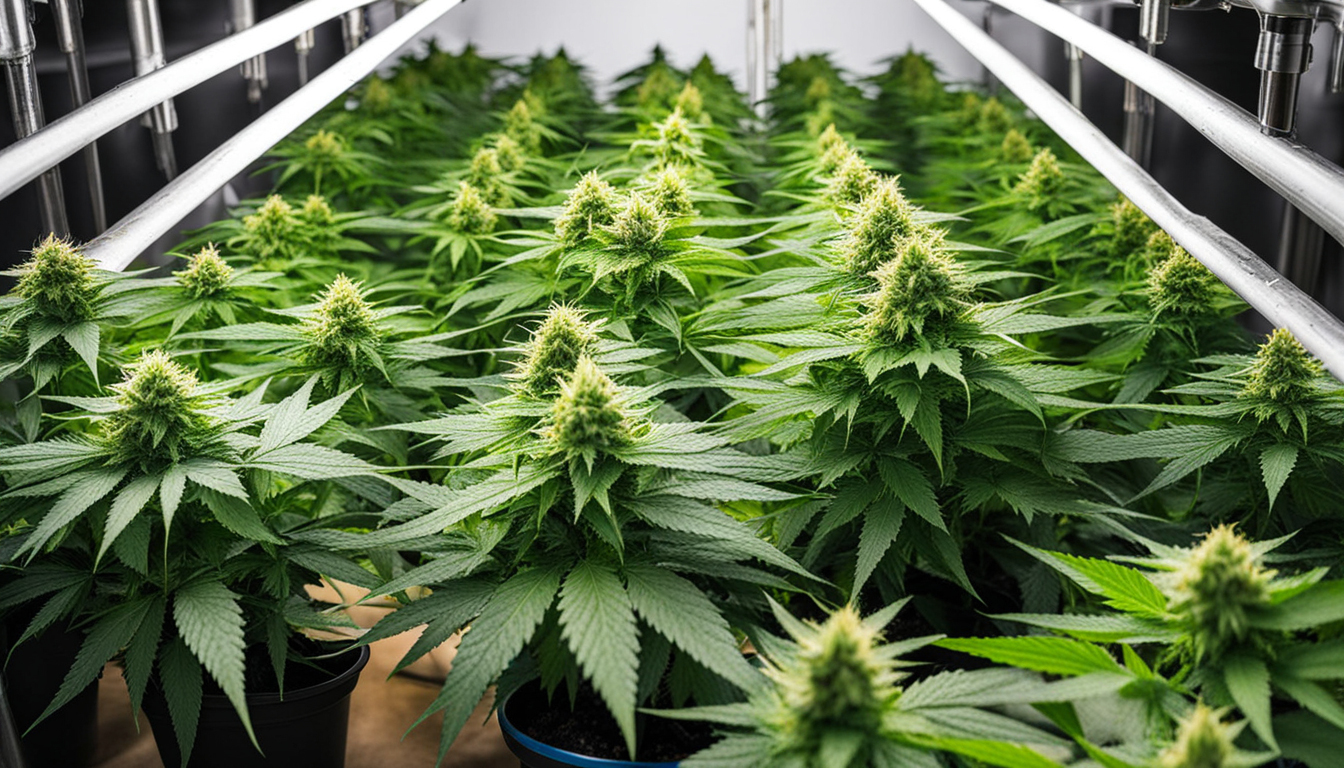
Whether you're beginning weed growing or looking to improve your existing harvest, following this complete guide will help you produce large, high-quality yields right at home. With the right gear, methods, and attention, cultivating pot indoors can be an extremely rewarding and cost-effective endeavor.
Choosing Weed Strains
The first step in planning your indoor crop is choosing the right pot strains to cultivate. The three main types of weed plants each have their own traits.
Energizing strains
Known for their invigorating mental effects, these strains spread tall and slender with narrow leaves. They flourish in warmer equatorial climates and have a longer flowering time between 10-12 weeks indoors. Top sativa strains include Jack Herer, Durban Poison, Super Lemon Haze, and Jack Herer.
Relaxing strains
These strains provide calming body-focused effects and spread short and bushy with wide leaves. Accustomed to colder mountain climates, they bloom faster within 2-2.25 months. Popular relaxing varieties include Northern Lights, Bubba Kush, and Bubba Kush.
Mixed strains
Mixed varieties mix traits from both energizing strains and relaxing strains. They offer blended effects and have medium blooming times around 2.25-2.5 months. Popular mixes are Blue Dream, OG Kush, and Blue Dream.
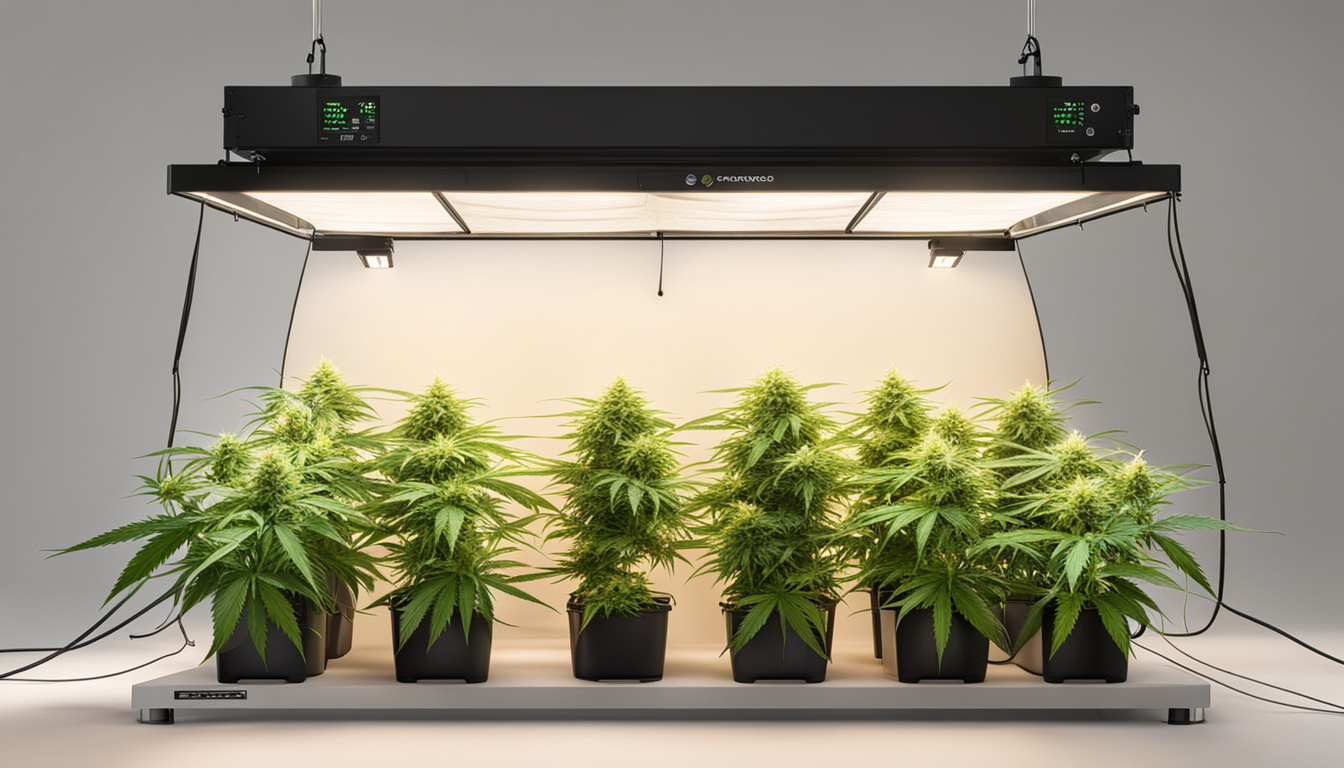
Setting Up Your Cultivation Space
Marijuana plants need the right controlled environment to thrive. Key factors for indoor grows are lighting, ventilation, layout, and finding the ideal discreet area.
Location
Choose an available space with quick access to water and electrical outlets. An empty extra bedroom, unused closet, corner of the basement, or grow tent locked away in a garage all make great stealthy cultivation room spots.
Lighting
Weed requires intense light for all vegetative stages. LED grow lights are energy-efficient and come in broad spectrum options replicating real sunlight. Cover 250-400 watts per square foot for the vegetative stage and 400-600 watts per square foot for flowering.
Airflow
Proper airflow and exhaust systems maintain ideal temp, humidity, and fresh CO2 levels. Set up silent 4-6 inch blowers or carbon filters to refresh old air and eliminate smells.
Layout
Optimize your space by arranging plants carefully under the lamps and leaving room to reach and work around them. Set up separate zones for vegetation, bloom, drying, and propagation.
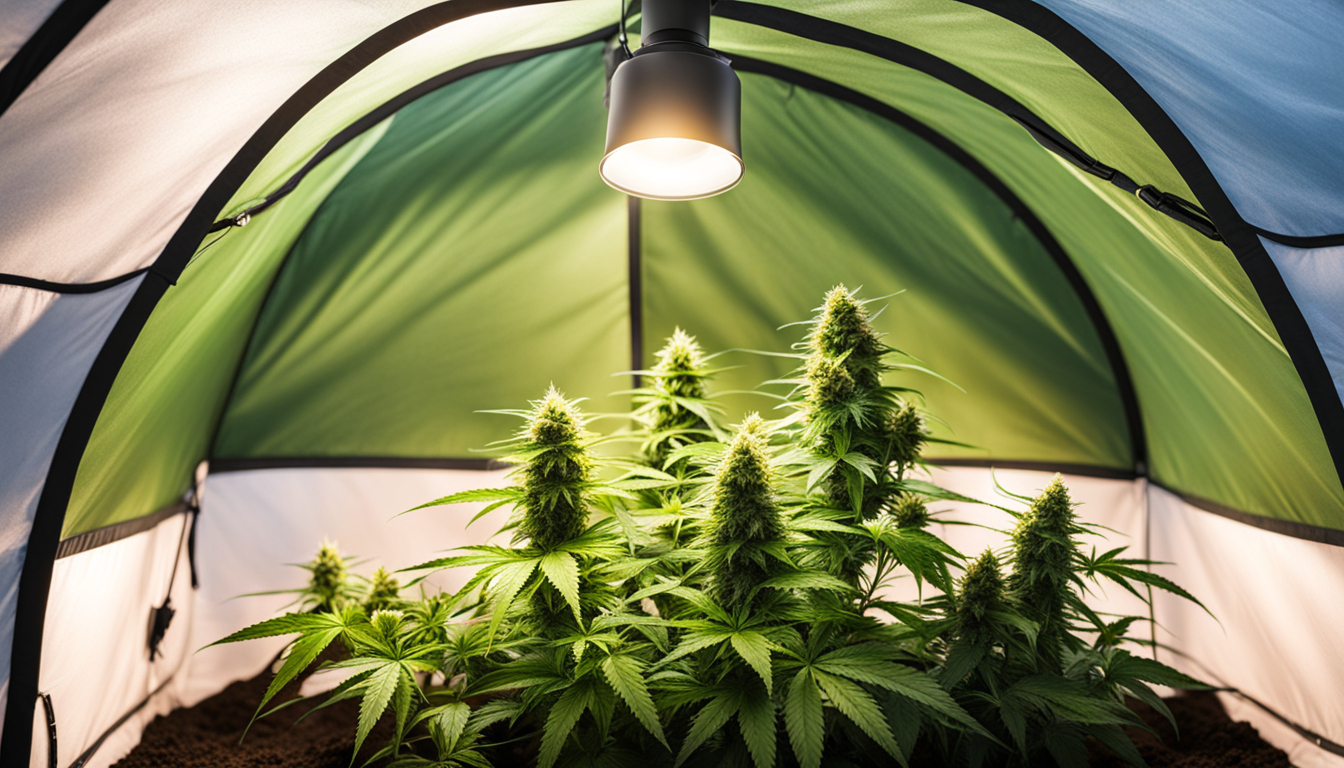
Growing Substrates
Cannabis can be cultivated in various mediums, each with benefits and cons. Pick a suitable option for your particular setup and growing style.
Soil
The traditional substrate, soil is cheap and simple for beginners. It provides excellent taste but requires more irrigation and fertilizing to feed plants. Enrich soil with perlite or coir to improve aeration.
Coconut coir
Made from coconut husks, renewable coco coir holds water but still lets in air to the roots. It's cleaner and more consistent than soil. Use coco-specific nutrients to prevent calcium buildup.
Hydroponics
In water systems, plant roots grow right in fertilizer water solution. This allows quick growth but needs close monitoring of solution properties. Deep water culture and irrigation systems are popular techniques.
Sprouting Seeds
Sprouting activates your marijuana seeds to start sprouting taproots. This readies them for planting into their growing medium.
Towel Method
Put seeds between damp paper towels and maintain them damp. Check after a week for emerging Click Here taproots showing germination is complete.
Direct Planting
Insert seeds right into pre-moistened growing medium 6mm deep. Gently water and wait 7-14 days until sprouts push through the surface.
Cubic rockwool
Soak rockwool cubes in balanced water. Place seeds 6mm deep into the cubes. Keep cubes moist until seedlings emerge within a week to 2 weeks.
Repotting Seedlings
Once germinated, pot seedlings need to be transplanted to avoid crowding. Move them into proper sized pots.
Preparing Containers
Fill final containers with cultivation medium enriched with slow-release nutrients. Allow containers to soak up water for 8-12 hours before repotting.
Carefully Transplanting
Gently separate young roots from germination medium using a spoon. Place into pre-soaked pot at equal depth as before and gently water in.
Vegetative Stage
The vegetative stage promotes leafy growth and plant structure grow weed guide through 18-24 Find Out More hours of continual lighting intensity. This stage usually lasts 1-2 months.
Using 18-24 Hours of Light
Use grow lights on a 24 hour cycle or natural sunlight to initiate nonstop growth. Light intensity influences size and internodal spacing.
Fertilizing
Use vegetative stage nutrients higher in nitrogen. Make sure pH remains around 5.8-6.3 for full fertilizer uptake. Fertilize 25-50% concentration after 14 days and strengthen slowly.
LST and topping
Fimming, LST, and trellising direct shoot shapes for even canopies. This boosts yields.
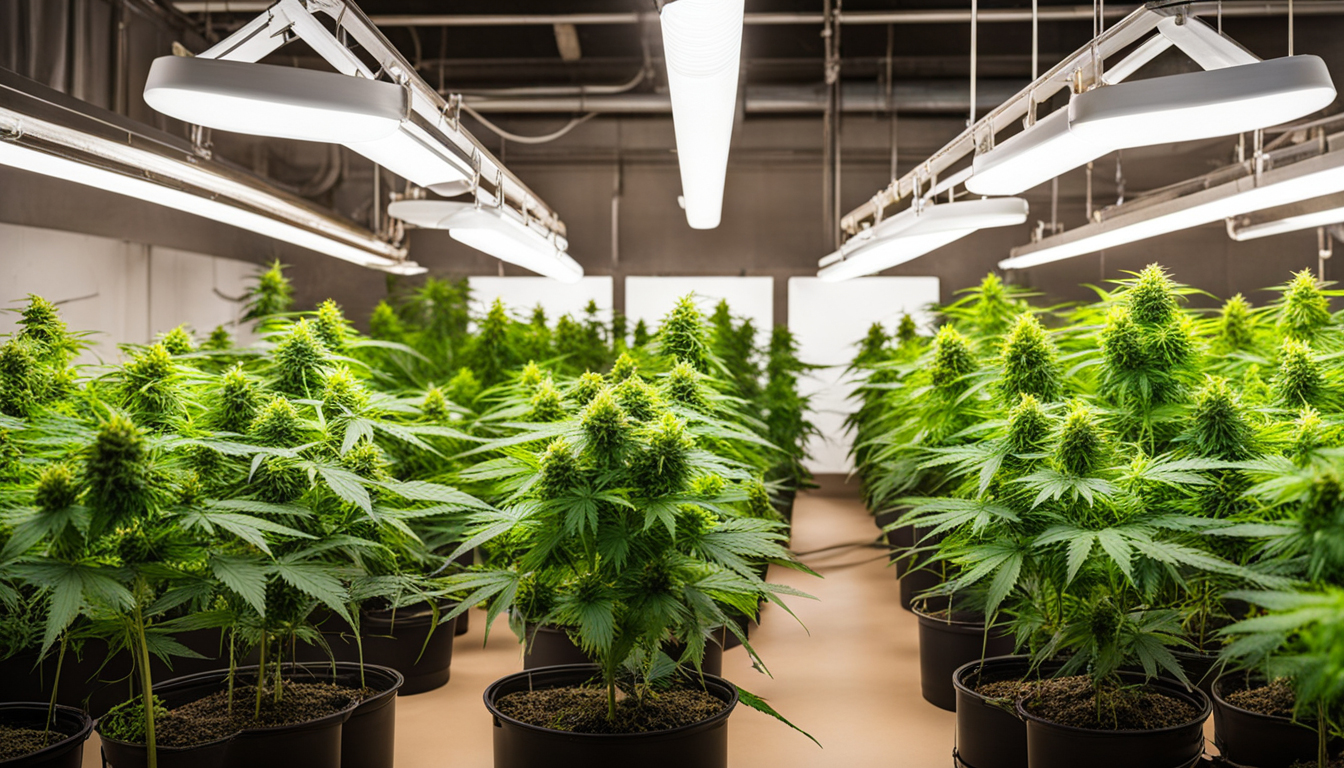
Flowering Stage
The blooming stage grows buds as plants show their sex under a 12/12 light timing. It lasts 2-3 months depending on strain.
Changing Light Schedule
Change lamps to 12 hours on, 12 hours off or move outdoors for outdoor 12 hour cycle. This signals plants to start blooming.
Flushing
Flushing removes fertilizer residuals to improve flavor. Fertilize weakly the first period then just use pH'd water the final 2 weeks.
Flushing
Continue 12 hour photoperiod but leach using pH-balanced water only. Resume clean watering if buds aren't yet mature after two weeks.
Reaping
Recognizing when weed is fully ripe delivers peak cannabinoid content and aroma. Cut down plants at optimal maturity.
Identifying Ripeness
Check fading pistils, swelling calyxes, and 10-15% amber trichomes. Inspect buds around the plant as they don't all ripen evenly.
Harvesting plants
Use clean, sharp pruning shears to gently cut each plant at the base. Leave 5-10cm of stem attached.
Curing
Suspend whole plants or colas upside down in a dark room with moderate temperature and RH around 45-65% for 7-14 days.
Aging
Curing keeps desiccating while aging the buds like aged spirits. This process mellows bitterness and intensifies cannabinoid contents.
Jars and Humidity
Manicure dried buds from stems and store into glass jars, packing about 3⁄4 full. Use a sensor to monitor jar moisture.
Burping Daily
Unseal jars for a short time daily to gradually lower moisture. Remoisten buds if humidity goes under 55%.
Final Cure
After 14-21 days when humidity levels off around 55-65%, do a final manicure and store long-term in airtight jars.
Common Problems and Solutions
Even seasoned growers run into different cannabis plant problems. Detect issues soon and address them correctly to maintain a vibrant garden.
Nutrient Deficiencies
Chlorosis often indicate inadequate nitrogen. Purpling stems and leaves signal phosphorus deficiency. Check pH and boost nutrients slowly.
Pests
Thrips, aphids, fungus gnats, thrips, and nematodes are common pot pests. Use neem oil sprays, predator bugs, and sticky traps for organic control.
Mold
High moisture encourages botrytis and bud rot. Improve circulation and circulation while reducing humidity below 50% during bloom.
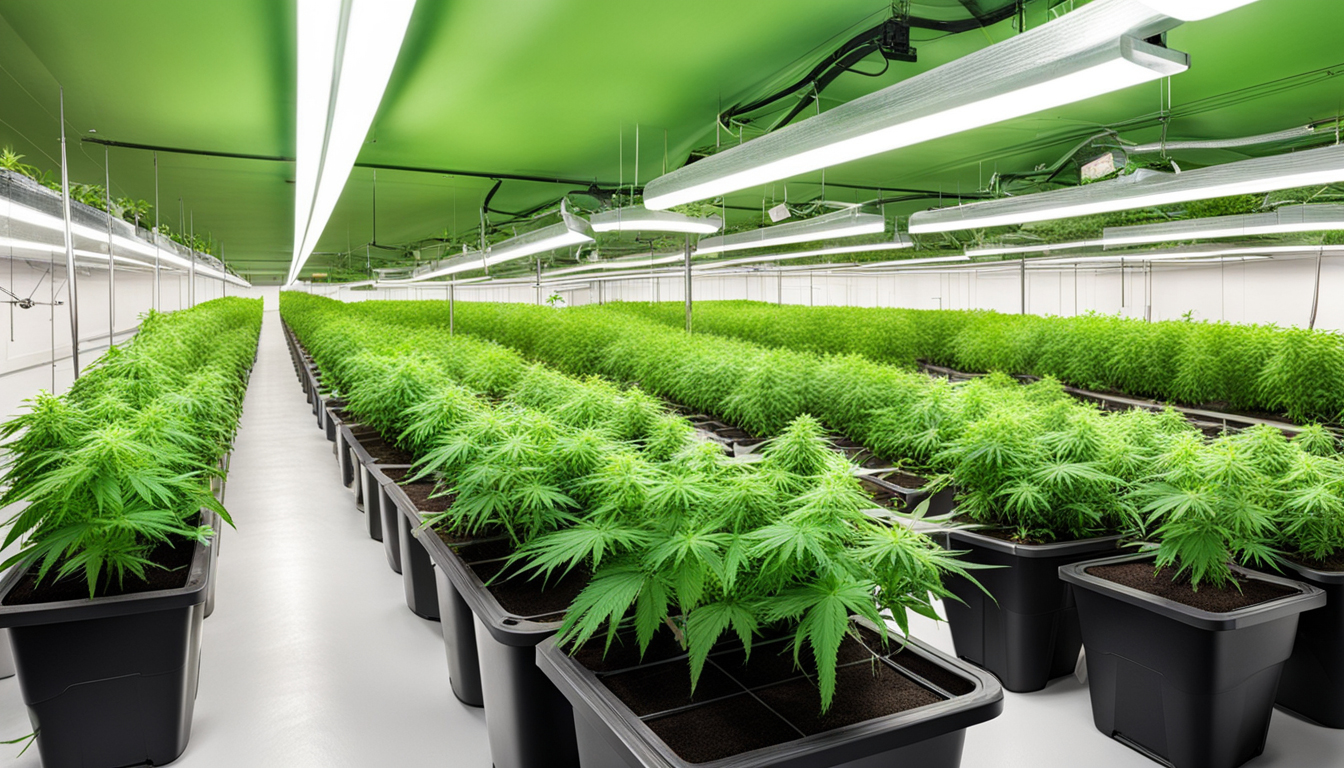
Summary
With this complete indoor cannabis cultivation guide, you now have the knowledge to cultivate bountiful potent buds for personal grows. Apply these techniques and techniques throughout the seed starting, vegetative, and flowering stages. Invest in good gear and closely monitor your plants. In time, you'll be rewarded with frosty fragrant buds you raised yourself under the patient guidance of your green thumbs. Happy growing